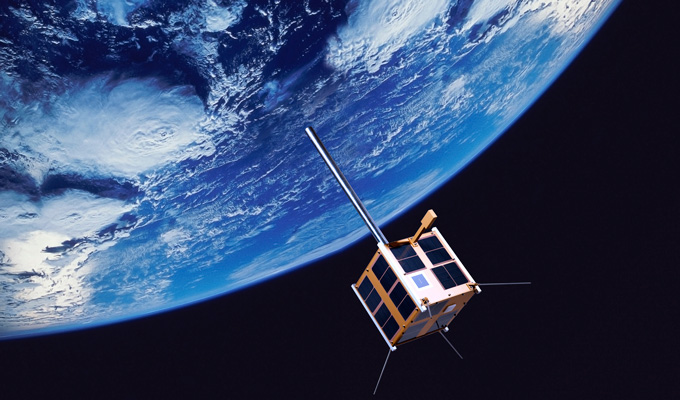Since 2008 the Norwegian Defence Research Establishment (FFI), Norwegian Space Centre and Norwegian Coastal Administration (NCA) have been cooperating on testing satellite-based AISs. This led to the launch of the AISSat-1 test satellite on 12 July 2010. The test has been a resounding success and another test satellite, AISSat-2, is scheduled to be launched during 2013. These satellites have a limited service life and need to be renewed after a period of time to ensure that their surveillance capability is maintained.
AISSat-1 is in operation three years in summer 2013. This is quite an impressive period of time for a demo satellite. When it was launched, researchers decided that it would be a success if it were to survive one year.
In addition to the three agencies already mentioned, two Norwegian companies have been involved in the project: Kongsberg Seatex and Kongsberg Satellite Services. The actual satellite platform was purchased from Canada.
Numerous purposes
The Norwegian Coastal Administration and other agencies use the AIS data for a number of purposes, ranging from fisheries surveillance, environmental crime (oil slicks) and mapping traffic in the Arctic.
The satellite provides the Norwegian Armed Forces with a better understanding of the maritime situation in the north. This covers not only the whole Cap of the North, but also the rest of the world. For instance, it can monitor fishing areas and transport routes in waters where Norway has interests. This provides support to anti-piracy operations off the coast of Africa, which, in particular, helps NATO to keep ships away from pirates off the coast of Somalia.
The actual AISSat control room is at the site of the Norwegian Defence Research Establishment at Kjeller, where it is possible to see the satellite’s location at any time and what it is monitoring.
Cooperation aimed at retaining a satellite-based capacity for civil surveillance of shipping movements in Norwegian waters was extended in June 2013.
AISSat-2 and 3 and Norsat-1
AISSat-2 has been built, which is a copy of AISSat-1. Its launch is scheduled for autumn 2013 from Russia’s Baikonur cosmodrome in Kazakhstan. Norwegian Space Centre and Norwegian Coastal Administration also have plans for further satellites, including a third copy of AISSat-1, called AISSat-3, which is intended to be built purely for operational requirements. This will provide the AIS receiver with even better technology. All the AISSat satellites will travel simultaneously in the same path, providing an even more detailed picture of maritime traffic.
At the same time, there is also a major satellite project being worked on, called Norsat-1. This satellite will carry both a next-generation AIS instrument and two scientific instruments.
Norsat-1 will have an instrument for observing the sun, created in collaboration with the European Space Agency (ESA) and Switzerland, as well as an instrument for exploring space, developed in Norway.
The platform for Norsat-1 will be built at the University of Toronto, Canada.
Norwegian Defence Research Establishment: Fact sheet about AISSat-1.
